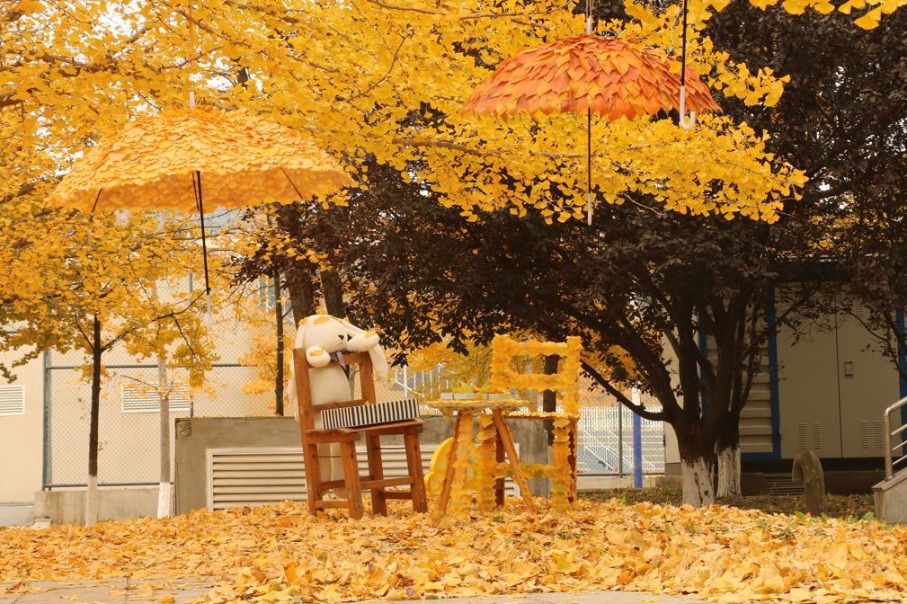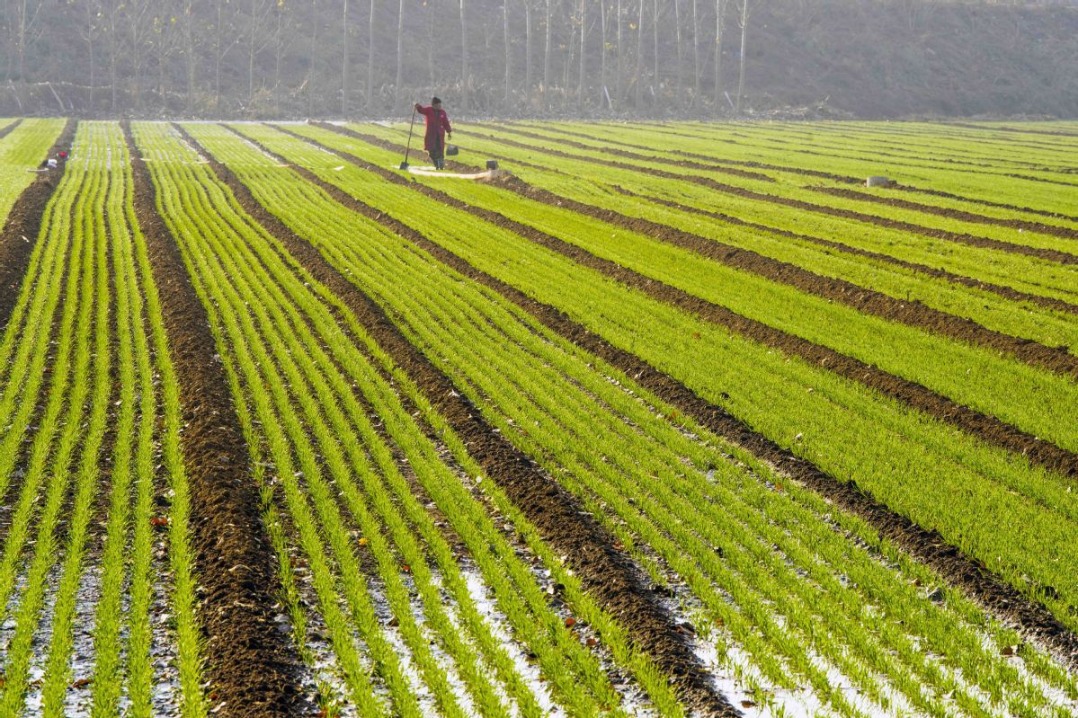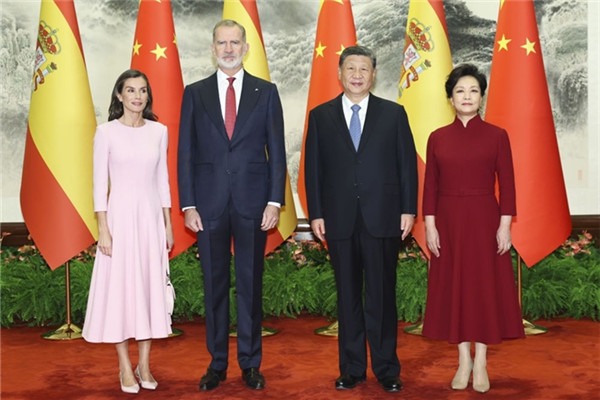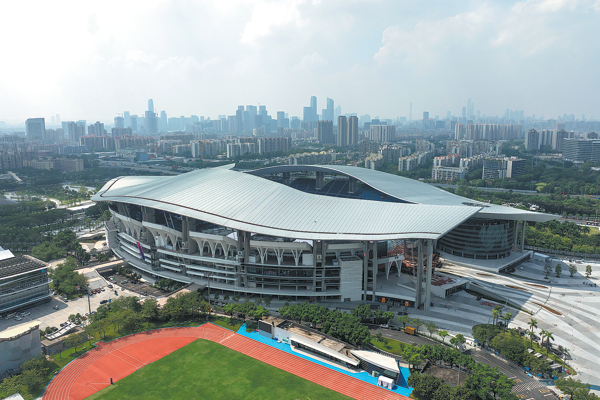Winning a battle in war on poverty


Historic moment for Tibet as living conditions in counties improve
On Dec 23, many Chinese people felt excited and proud by the news that the local government in the Tibet autonomous region had decided to strip 19 counties of their poverty labels, after 55 Tibetan counties cast off such labels in 2018.
This means that the vast and sparsely populated region, known for its snowcapped mountains, roaming antelopes and yaks, no longer has counties with registered poverty rates of 3 percent or higher.
In the nationwide battle against absolute poverty, which picked up momentum in 2012, the central authorities created two major indexes to help track the progress.
One is the head count of rural poor, who are defined as people living on less than 2,300 yuan ($328) a year. The bench mark was set in 2011 and is adjusted annually for inflation. The other index involves counting the number of counties categorized as impoverished, which reflects the level of regional poverty.
By stripping the remaining 19 counties of the impoverished label, Tibet has made good progress in eliminating regional poverty-a giant leap toward the zero-poverty target.
"It was an iconic episode in the overall poverty reduction work in China," said Wang Sangui, a prominent rural affairs scholar and a professor at Renmin University of China. "Tibet used to be among the regions hardest hit by extreme poverty, and by delisting all its impoverished counties, China is a step closer to xiaokang shehui," he said, referring to the Communist Party's pledge to establish a moderately prosperous society in all respects before the celebration of its centenary in 2021.
With a population of 3.4 million people predominantly of ethnic Tibetan heritage, Tibet accounts for a majority of the Three Areas and Three Prefectures, jargon that officials use to refer to the deeply impoverished regions. The regions include Tibetan communities scattered across four provinces in western China, the southern part of the Xinjiang Uygur autonomous region and three prefectures in Gansu, Sichuan and Yunnan provinces.
In a post that attracted 82,800 likes on Sina Weibo, The People's Daily said the developments were a milestone in Tibet's history, considering that almost 35 percent of Tibetan residents were poor only a decade ago.
"I work in Tibet," said one Weibo user. "I've heard many people from the older generations express their surprise at the tremendous changes that have taken place there in the recent past. The nation has made incredible input there."
- Shanghai's Jinshan district reports economic growth
- Building an effective global communication discussed at Hunan forum
- Cleaning staff transform fallen ginkgo leaves into campus art sensation
- Chinese scientists weave tiny polymer capable of towing car
- Hebei to expand transportation projects during 15th Five-Year Plan period (2026-30)
- Nankai University scholar publishes long-lost Latin translation of Tao Te Ching





































